

Articles
Why Plumb Bob A Putt
Modified: March 1, 2024
Looking for articles on why a plumb bob can improve your putting? Find all the answers and tips you need to perfect your golf game in our informative collection.
(Many of the links in this article redirect to a specific reviewed product. Your purchase of these products through affiliate links helps to generate commission for Storables.com, at no extra cost. Learn more)
Introduction
In the game of golf, putting is an essential skill that can make or break a player’s performance on the green. One technique that has gained popularity among golfers is the use of the plumb bob method. This technique involves using a plumb bob, a weighted instrument that hangs from a string, to determine the vertical position of the hole. By aligning the putter with the plumb line, golfers believe they can accurately judge the break and slope of the green, ultimately improving their chances of sinking the putt.
Although the plumb bob method has its fair share of skeptics, many players swear by its effectiveness. Advocates believe that by utilizing the plumb bob technique, they are able to read the greens more accurately, make better judgments on how the ball will roll, and ultimately improve their putting performance.
In this article, we will delve into the science behind putting, explore how plumb bobbing works, discuss its advantages and limitations, and provide some techniques for successfully integrating plumb bobbing into your putting routine.
Whether you are a seasoned golfer looking to refine your skills or a beginner wanting to explore new techniques, understanding the concept of plumb bobbing can undoubtedly enhance your putting game. So, let’s dive in and unravel the mysteries behind this intriguing method!
Key Takeaways:
- Plumb bobbing in golf offers a unique approach to reading greens and improving putting accuracy by utilizing the principles of gravity, slope, and visual perception to make more accurate judgments on the green.
- While plumb bobbing has its criticisms and limitations, with proper alignment, consistency in setup, and consideration of additional factors, golfers can enhance their green reading, alignment, and distance control to improve their overall putting performance.
Read more: Why Use A Plumb Bob
What is a Plumb Bob?
A plumb bob is a simple yet invaluable tool used in various fields, ranging from construction to surveying. It consists of a weighted object, typically made of metal or lead, attached to a long string or cord. The weight at the end of the string ensures that the cord remains straight and vertical, aligning itself with the force of gravity.
The primary purpose of a plumb bob is to establish a true vertical reference line. This makes it a useful tool for determining if a structure or object is perfectly aligned and level. In construction, for example, plumb bobs are commonly used to ensure that walls, columns, and other vertical elements are straight and properly aligned. In surveying, plumb bobs help in establishing benchmark points and accurately measuring elevations.
Now, you may be wondering what plumb bobs have to do with the game of golf. Well, in the context of golf, the plumb bob method involves using a plumb bob as a visual aid to assess the vertical position of the hole and, consequently, determine the break and slope of the green.
Golfers who employ the plumb bob technique essentially use the plumb line created by the weight and string to visualize the exact vertical line from their ball to the hole. This technique allows them to gain a better understanding of the slope and undulations on the green, aiding in their decision-making process when it comes to selecting the line and speed of their putts.
While the plumb bob technique may seem unorthodox to some, it has gained traction among golfers as a valuable tool for reading greens and improving their putting accuracy. By utilizing the principles of gravity and using the plumb line as a reference, golfers believe they can gain an edge and make more precise judgments when it comes to their putting game.
The Science Behind Putting
Putting in golf is not just about hitting the ball with the right amount of force and aiming towards the hole. It requires a deep understanding of the physics and science behind the rolling ball, the slope and contours of the green, and the effects of gravity. By grasping these principles, golfers can make more accurate predictions and adjustments to better control their putts.
When a golfer putts the ball, several factors come into play. Firstly, the ball’s initial speed and direction are determined by the golfer’s stroke. However, once the ball is in motion, external influences take over, such as the slope of the green, the firmness of the grass, and the presence of any obstacles or uneven surfaces.
Gravity plays a crucial role in affecting the path and speed of the rolling ball. As the ball moves across the green, it responds to the downward force of gravity, causing it to gradually lose speed. Moreover, the slope of the green can either accelerate or decelerate the ball’s motion, depending on whether it is uphill or downhill.
Understanding the impact of gravity and slope on the rolling ball is essential for successful putting. The slope determines the direction in which the ball breaks, or deviates from a straight line towards the hole. If a green has a slope from left to right, for example, the ball will tend to break towards the right. By comprehending these factors, golfers can make better judgments on how to adjust their aim and the strength of their strokes.
Moreover, when it comes to reading the green, visual perception also plays a significant role. By honing their ability to detect subtle changes in the contour, golfers can identify the high points and low points of the green. This skill helps in determining the overall slope and break of the putting surface, enabling them to anticipate how the ball will react and adjust their putts accordingly.
The science of putting is a delicate balance of understanding the physics of rolling balls, analyzing the slope and contours of the green, and using visual perception to make accurate evaluations. By incorporating these scientific principles into their approach, golfers can gain a competitive edge and improve their overall putting performance.
How Plumb Bobbing Works
Plumb bobbing in golf involves using a plumb bob to create a visual reference line that helps golfers determine the vertical position of the hole and assess the break and slope of the green. The process of plumb bobbing is relatively straightforward and can be broken down into a few key steps.
Firstly, the golfer positions themselves behind the ball, holding the plumb bob in their dominant hand. They extend their arm with the plumb bob hanging freely from the string, making sure it is not touching anything that could interfere with its straight vertical alignment.
Next, the golfer aligns themselves so that they can see the line formed by the plumb bob as it hangs directly over the hole. The plumb line created by the weight of the bob and the string serves as a reference for the vertical position of the hole, acting like a plumb line in construction.
By observing the plumb line, golfers can assess the slope and undulation of the green in relation to the hole. If the plumb line appears to be slightly left or right of the hole, it indicates a break or slope in that direction. This helps golfers determine the ideal line and direction in which to putt their ball.
It’s important to note that plumb bobbing is not an exact science, and there is still an element of judgment and interpretation involved. The golfer must integrate their knowledge of the green’s overall contour, the speed and firmness of the putting surface, and their own experiences to make a decisive assessment of the break and plan their shot.
While the plumb bob method may not be embraced by all golfers, many believe that it offers a valuable visual aid for aligning putts and gaining a better understanding of the slope and break of the greens. It can enhance a player’s confidence and decision-making process, ultimately leading to improved putting performance.
Plumb bobbing works on the principle that a vertical line can provide insight into the slope and direction of the green. By utilizing this technique and integrating it with their overall putting strategy, golfers can fine-tune their game and increase their chances of sinking more putts.
When using a plumb bob to line up a putt, make sure to position the bob directly over the ball and the target. This will help you visualize the line of the putt more accurately.
Advantages of Plumb Bobbing
The plumb bob technique in golf has garnered a dedicated following among players due to several perceived advantages and benefits it offers. Let’s explore the advantages of plumb bobbing and why many golfers choose to incorporate it into their putting routine.
1. Enhanced Green Reading: Plumb bobbing provides golfers with an additional tool to better understand the contours and slopes of the green. By aligning themselves with the plumb line, golfers gain a visual reference that helps them assess the break and direction of the putt more accurately. This enhanced green reading can lead to more precise aiming and better decision-making on the green.
2. Increased Confidence: Plumb bobbing can instill a sense of confidence in golfers by providing them with a reliable visual reference point. When players can visually see the line from their ball to the hole, it can boost their confidence in their alignment and putting strategy. This increased confidence translates into a more focused and relaxed putting stroke.
3. Consistency in Alignment: Aligning the putter with the plumb line can help golfers establish a consistent and repeatable setup position. By relying on the plumb line as a guide, players can ensure that their putter is consistently square to their intended target line. This consistency improves their ability to strike the ball consistently and control its direction.
4. Improved Distance Control: Plumb bobbing can also aid golfers in better distance control on their putts. By accurately gauging the break and slope of the green, players can adjust their stroke length and speed to match the conditions. This precision in distance control can lead to fewer three-putts and more successful lag putts.
5. Mental Focus and Visualization: Plumb bobbing encourages golfers to engage in a deeper level of concentration and visualization. By focusing on the plumb line and visualizing the path of the ball, golfers harness their mental capabilities to better calculate the break and predict the ball’s trajectory. This mental focus and visualization skills can positively impact their overall putting performance.
While the advantages of plumb bobbing may not be universally agreed upon, many golfers find value in incorporating this technique into their game. It can serve as a valuable aid for alignment, green reading, and distance control. Ultimately, the success of using plumb bobbing depends on the individual golfer’s ability to integrate it seamlessly into their overall putting strategy.
Read more: Why Do They Call It A Plumb Bob
Criticisms and Limitations
While plumb bobbing has its share of proponents, it is not without its critics and limitations. It’s important to explore both sides of the argument to have a balanced understanding of the technique. Here are some criticisms and limitations of plumb bobbing:
1. Subjectivity: One of the main criticisms of plumb bobbing is its subjective nature. The interpretation of the plumb line and its relationship to the break and slope of the green can vary from golfer to golfer. What one player perceives as a significant break, another may see as minimal. This subjectivity can lead to inconsistent results and uncertainty when implementing the technique.
2. Lack of Scientific Evidence: Plumb bobbing is often criticized for lacking empirical evidence to support its effectiveness. While many golfers claim that it improves their green reading and putting accuracy, there is limited scientific research confirming its benefits. This lack of empirical data makes some skeptics question the reliability and validity of plumb bobbing as a viable putting technique.
3. Time-consuming: Plumb bobbing can be time-consuming when used extensively during a round of golf. It requires players to physically position themselves behind the ball and align the plumb bob accurately. This additional step in the putting routine can slow down the pace of play, which may not be suitable for those seeking a quicker game.
4. Overreliance on Visual Perception: Plumb bobbing heavily relies on a golfer’s visual perception and ability to accurately interpret the plumb line. However, visual perception can be influenced by a variety of factors, such as lighting conditions, distance to the hole, and individual depth perception. These factors can introduce inconsistencies and biases, leading to inaccurate judgments of the break and direction of putts.
5. Neglecting Other Green Reading Factors: Plumb bobbing, by its nature, focuses primarily on the vertical position and slope of the hole. While this can provide valuable information, it overlooks other crucial aspects of green reading, such as grain direction, wind direction, and overall undulations of the putting surface. Neglecting these factors can result in a limited understanding of the complexity of the green and potentially lead to poor decision-making in putts.
It’s important to recognize the criticisms and limitations of plumb bobbing when considering its incorporation into your putting routine. While there may be merits to the technique, it’s essential to approach it with an open mind and understand its potential shortcomings. Ultimately, the effectiveness of plumb bobbing in improving your putting game will depend on your personal experience, adaptability, and the synergy you can create between the technique and your overall approach to putting.
Techniques for Plumb Bobbing
Plumb bobbing is a technique that requires practice and refinement to maximize its potential benefits. Here are some techniques to help you effectively incorporate plumb bobbing into your putting routine:
1. Proper Alignment: To ensure accurate alignment, stand directly behind the ball and hold the plumb bob in your dominant hand. Extend your arm fully, allowing the plumb bob to hang freely without touching anything. Position yourself so that you can see the line formed by the plumb bob directly over the hole. This alignment will create the most accurate visual reference for assessing the break and slope of the green.
2. Consistency in Setup: Consistency is key when using the plumb bob technique. Establish a consistent setup routine by positioning yourself behind the ball in the same manner before each putt. This will help you develop a reliable feel for the plumb line and create a consistent starting point for your putts.
3. Combination with Feel and Experience: Plumb bobbing should not be the sole factor in determining your putting line and read. Instead, combine it with your feel for the green and your previous experiences on similar putts. Develop your ability to integrate the information from the plumb line with your intuition and past knowledge to make better-informed decisions on the break and direction of your putts.
4. Calibrating Your Eye: Practicing plumb bobbing can help you calibrate your eye to better interpret the plumb line and its relationship to the break of the green. Spend time on the practice green experimenting with different putts and comparing your observations with the actual outcome. Through this trial-and-error process, you’ll refine your visual perception and improve your ability to accurately read the green using the plumb bob technique.
5. Assessing Additional Factors: While plumb bobbing can provide valuable information about the slope and break of the green, be aware that it should not be the only factor you consider. Take into account other important factors such as grain direction, wind speed, and overall undulations of the putting surface. By incorporating these additional factors into your green reading, you will have a more holistic understanding and make better-informed decisions for your putts.
6. Practice and Adaptation: Like any golf technique, plumb bobbing requires practice and adaptation to be effective. Spend time practicing on various putting surfaces, experimenting with different green slopes and breaks. Adapt your technique based on the feedback you receive from your putts and make adjustments as necessary.
By incorporating these techniques into your plumb bobbing routine, you can enhance your ability to read greens and make more accurate judgments on the break and slope. Remember that consistent practice, observation, and adaptation are the keys to mastering this technique and using it effectively to improve your putting performance.
Conclusion
The plumb bob technique in golf offers a unique approach to reading greens and improving putting accuracy. While it may not be universally embraced, many golfers have found value in incorporating plumb bobbing into their putting routines. By aligning themselves with the plumb line and using it as a visual reference, golfers can gain a better understanding of the break, slope, and direction of their putts.
The science behind putting teaches us about the role of gravity, slope, and visual perception in controlling the path and speed of the rolling ball. Plumb bobbing utilizes these principles to provide golfers with additional information to make more accurate judgments on the green. By integrating plumb bobbing into their overall putting strategy, golfers can enhance their green reading, alignment, distance control, and mental focus.
However, it is important to recognize that plumb bobbing has its criticisms and limitations. Its subjective nature, lack of empirical evidence, and potential time-consuming aspects are factors to consider. Additionally, while plumb bobbing can provide valuable information on the vertical position of the hole, it should not be the only factor taken into account when reading greens. Other factors like grain direction, wind speed, and overall undulations of the green should also be considered.
To successfully utilize plumb bobbing, golfers must practice and refine their technique. Proper alignment, consistency in setup, combining plumb bobbing with feel and experience, calibrating the eye, and considering additional factors are all important aspects to focus on. Through dedicated practice, golfers can improve their ability to accurately read the green and make informed decisions when putting.
In conclusion, plumb bobbing can be a valuable tool to improve your putting game. While its effectiveness may vary from golfer to golfer, incorporating plumb bobbing into your routine can enhance your green reading, alignment, and distance control. With practice and adaptation, you can use plumb bobbing to gain a competitive edge and improve your overall performance on the greens.
Frequently Asked Questions about Why Plumb Bob A Putt
Was this page helpful?
At Storables.com, we guarantee accurate and reliable information. Our content, validated by Expert Board Contributors, is crafted following stringent Editorial Policies. We're committed to providing you with well-researched, expert-backed insights for all your informational needs.
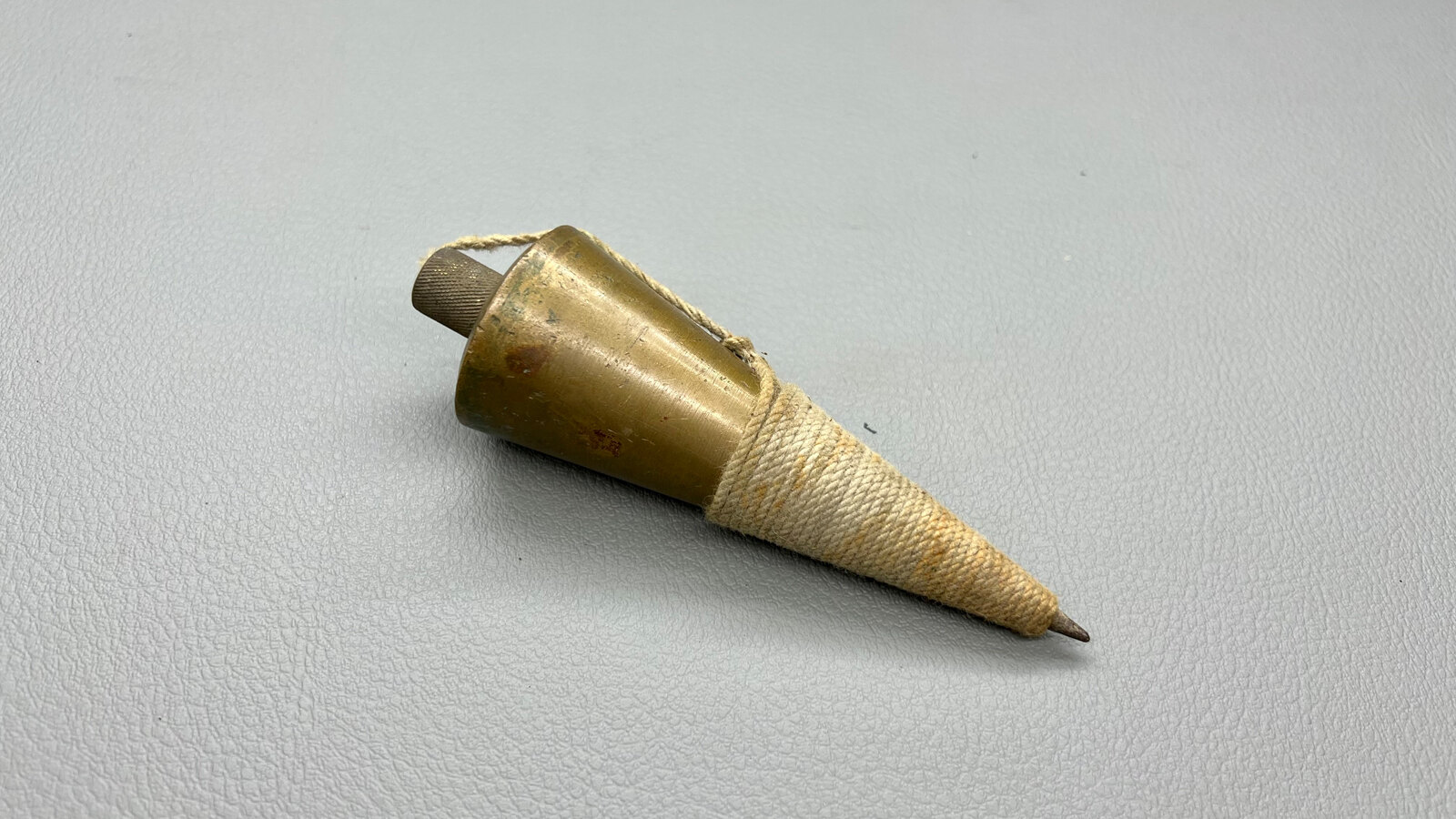
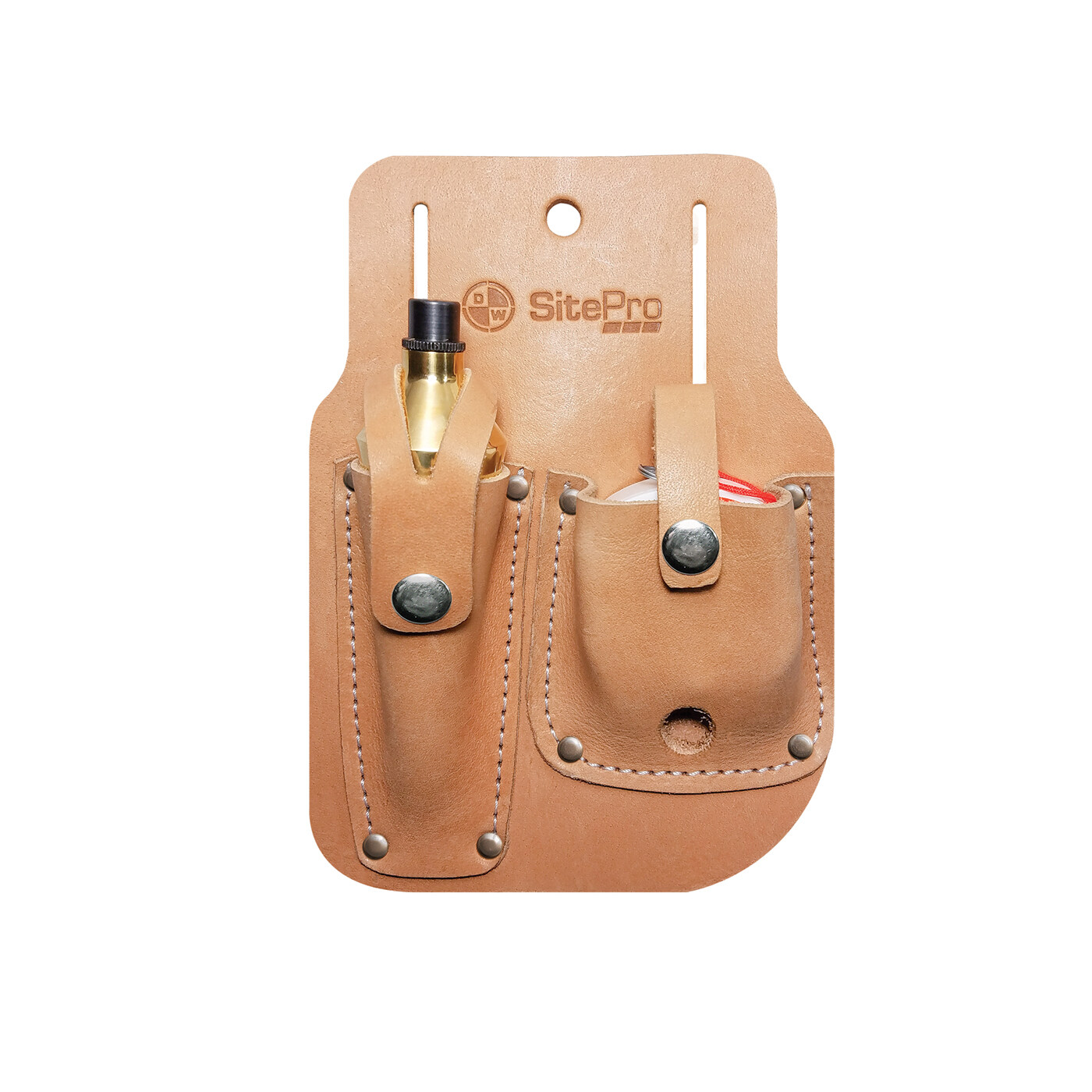

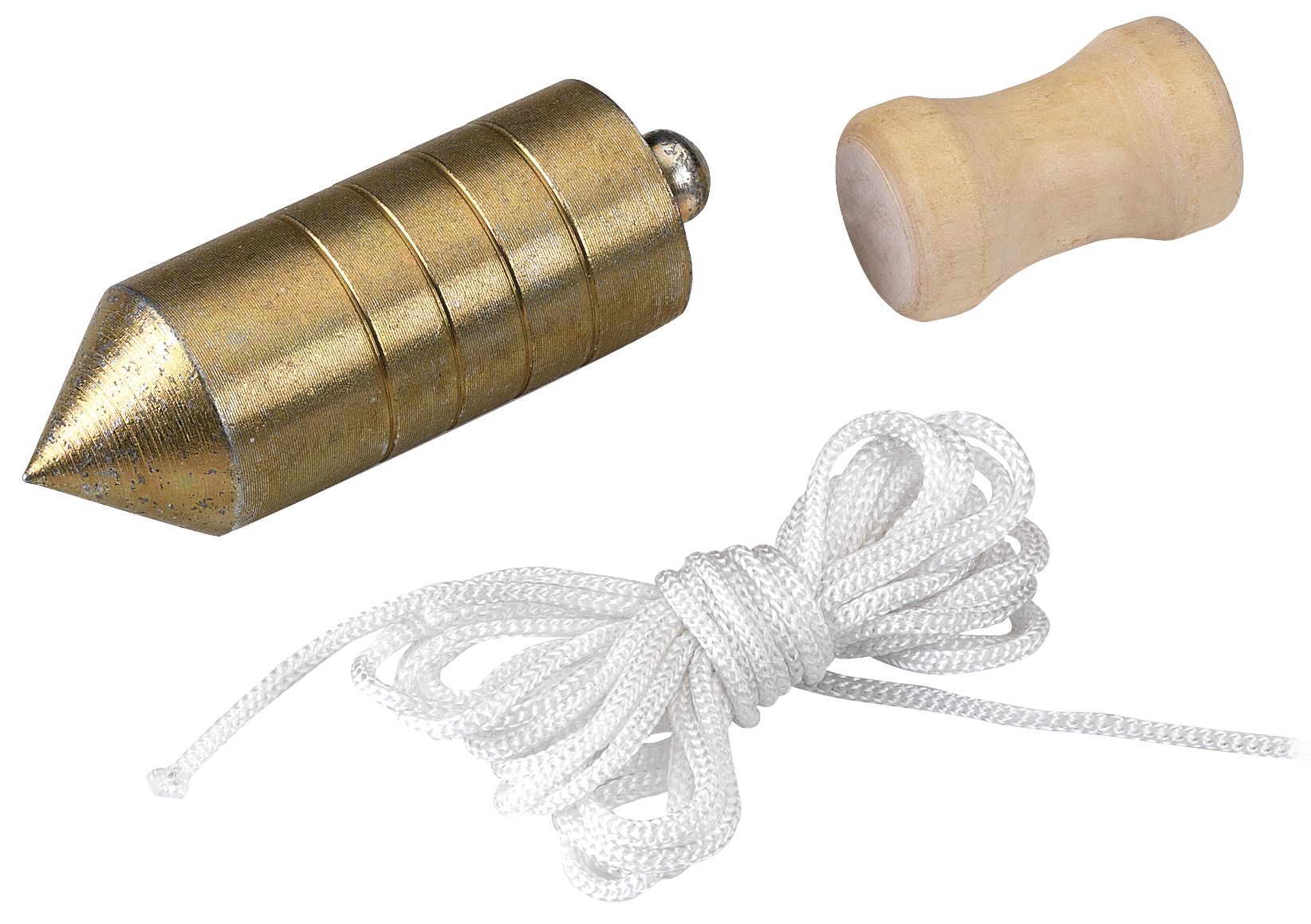
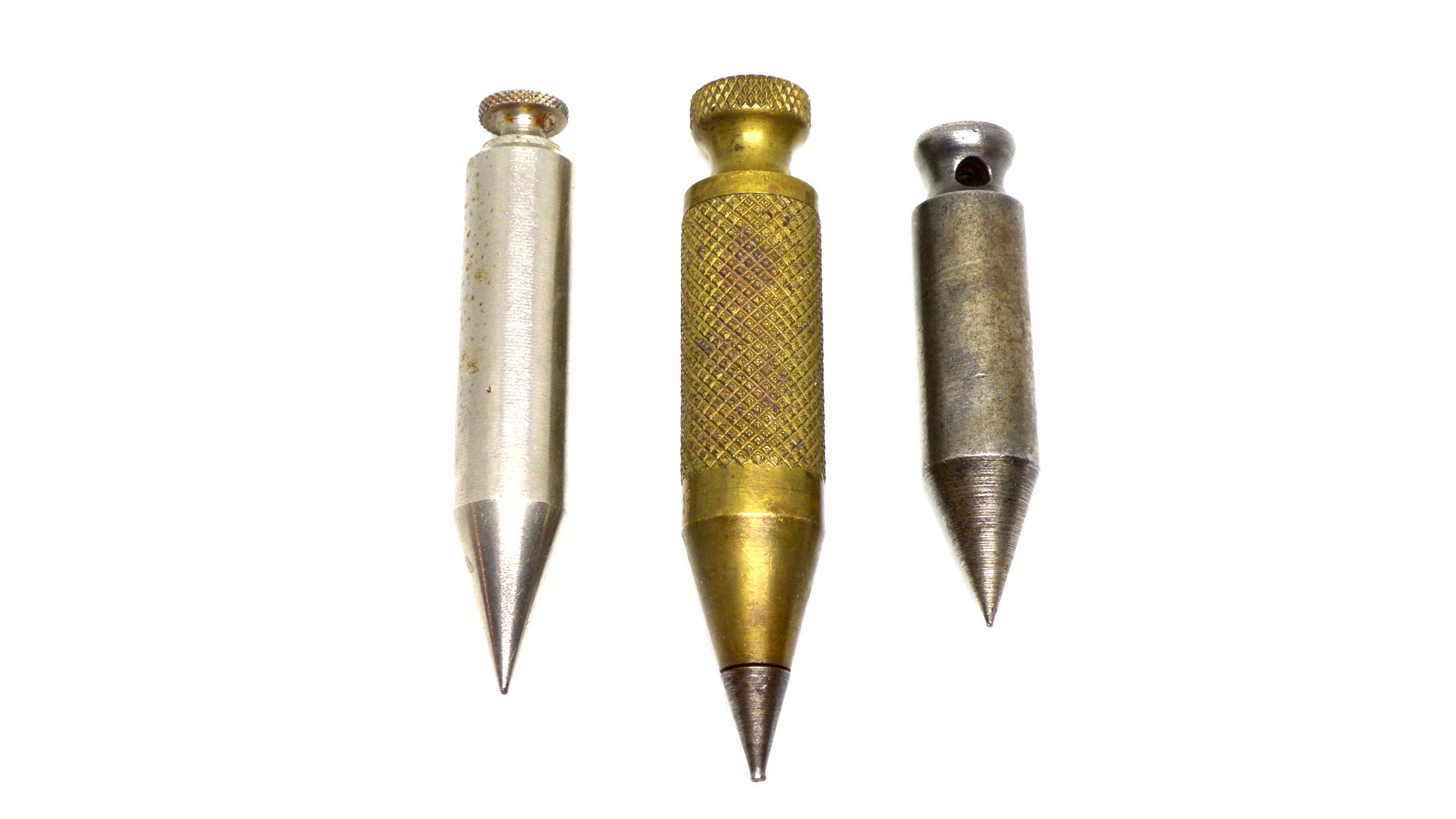
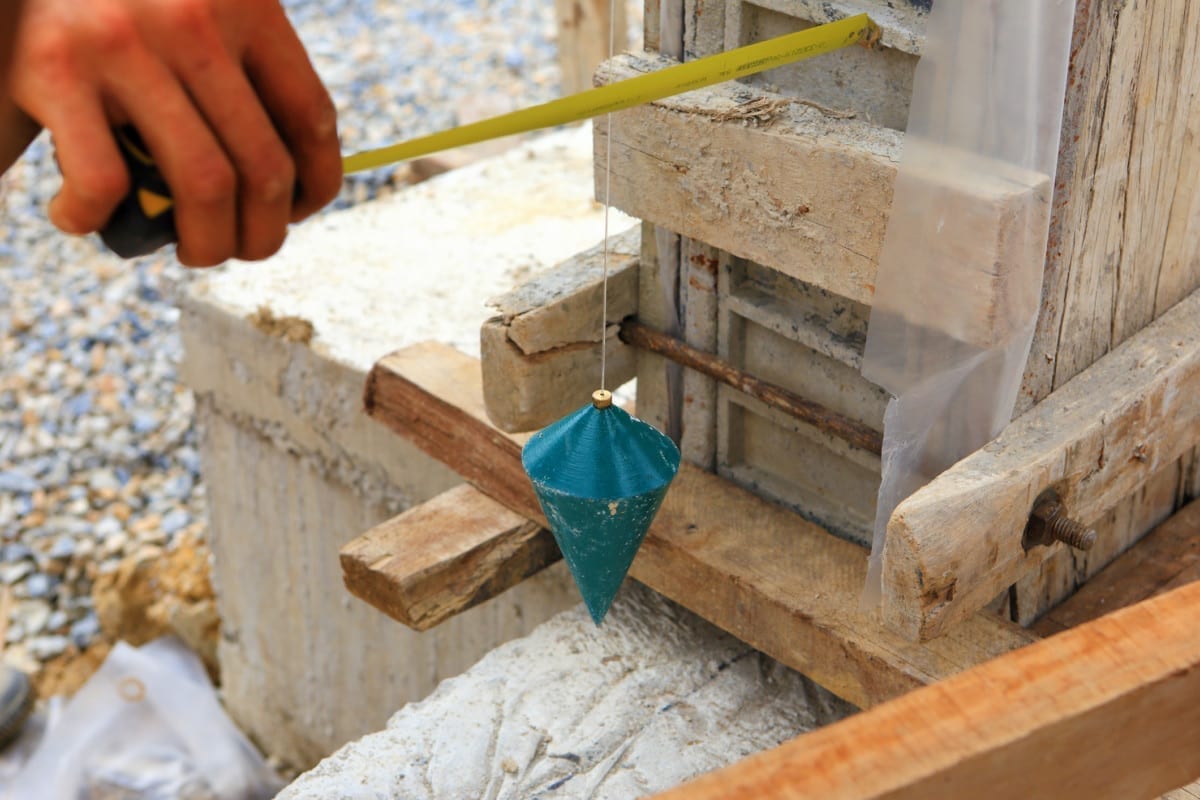
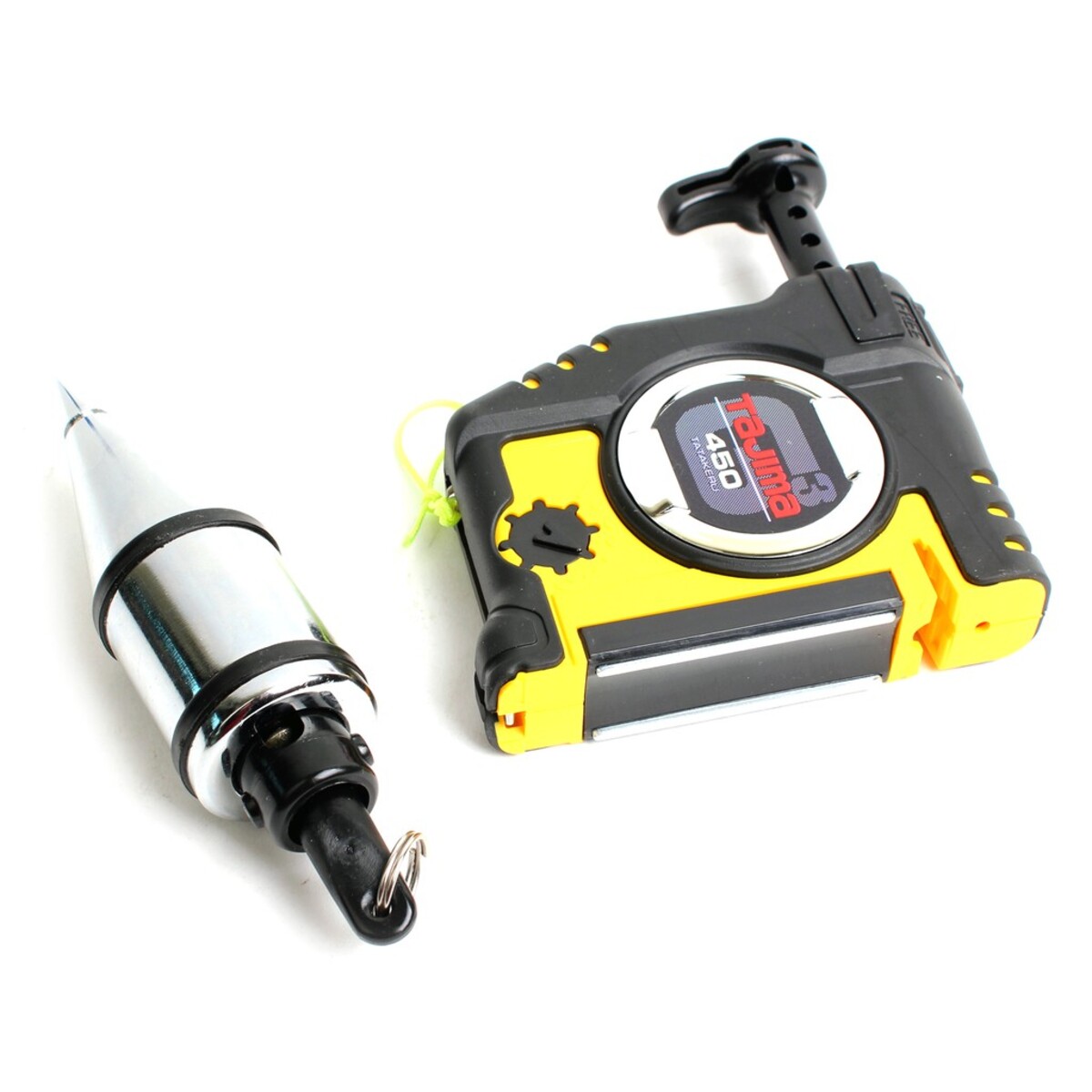
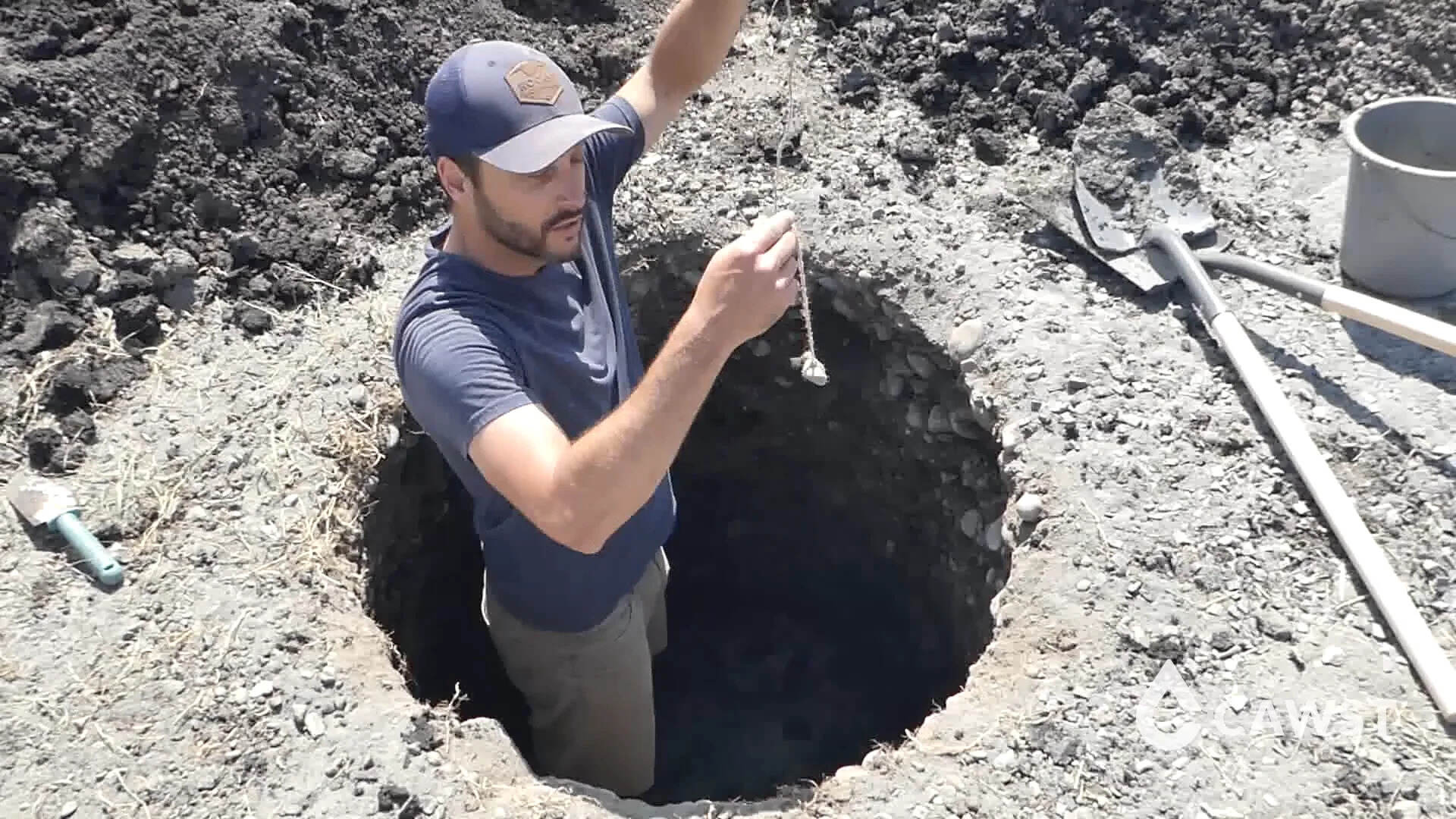
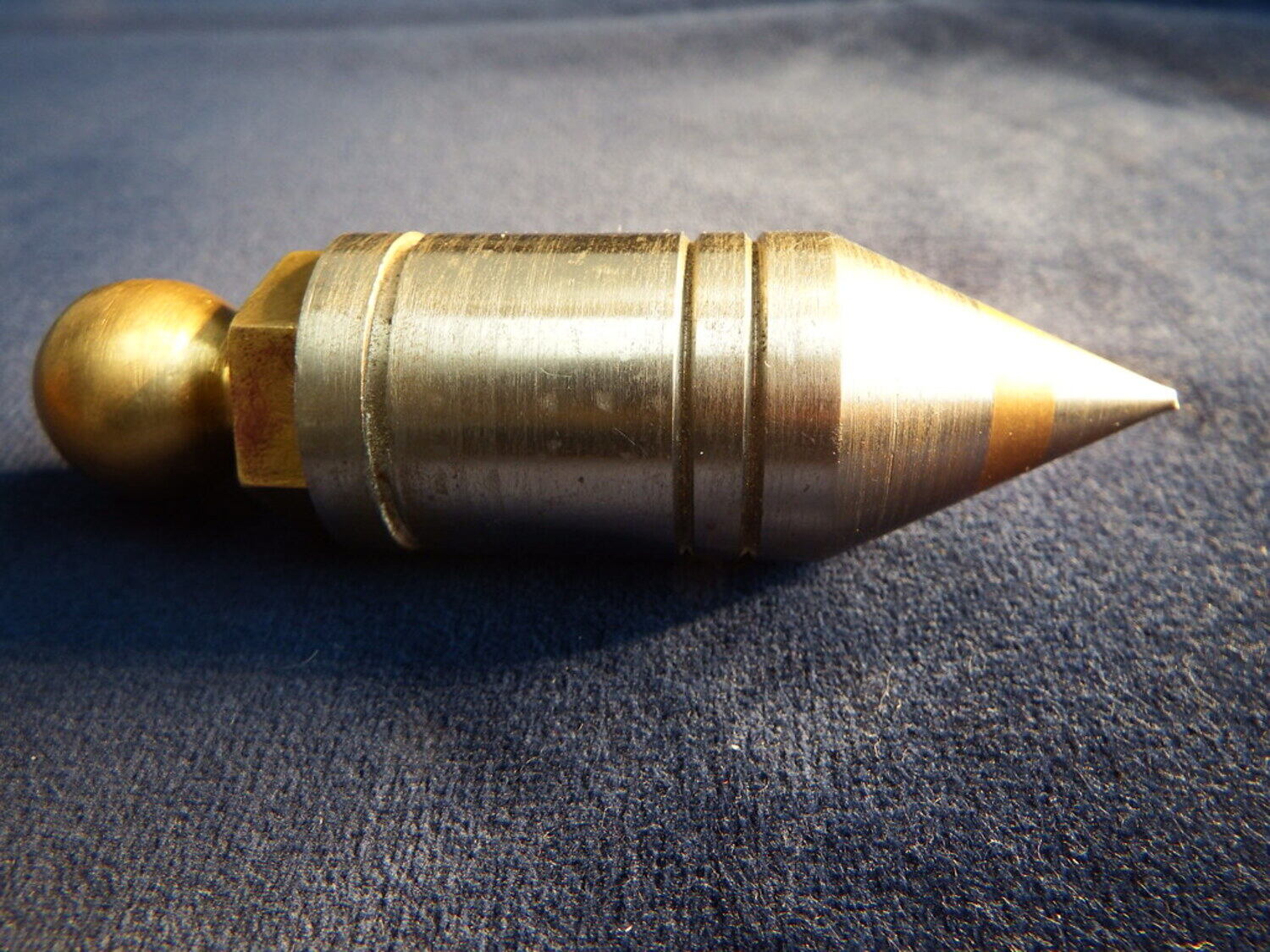
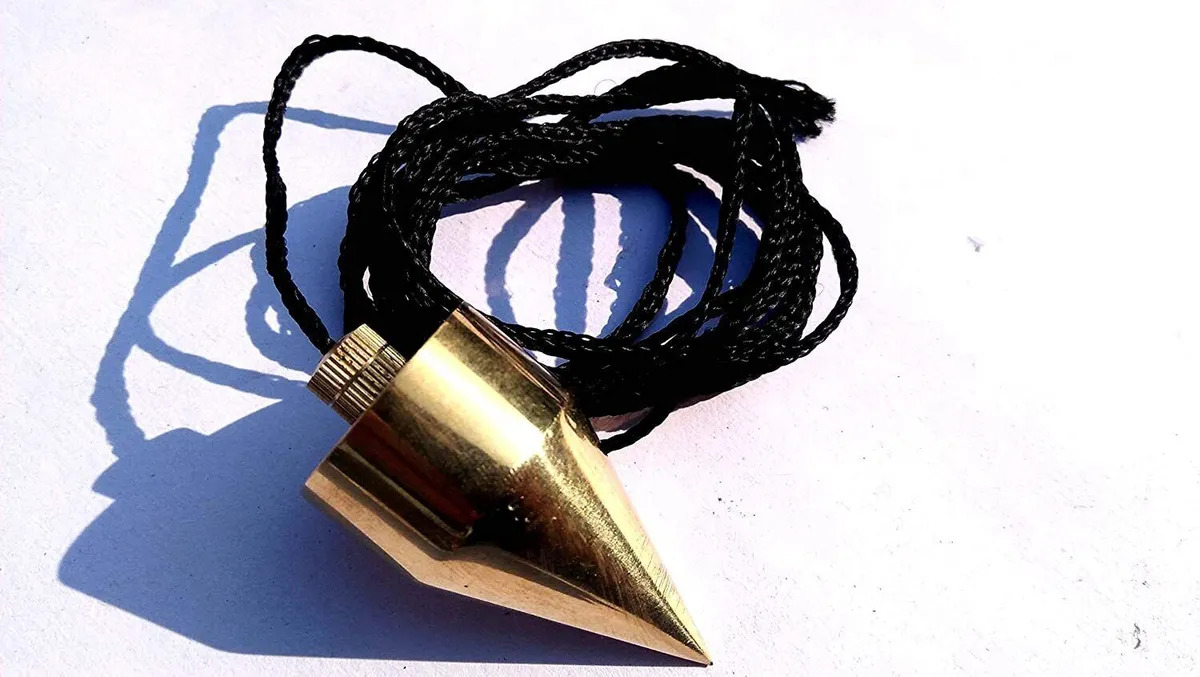
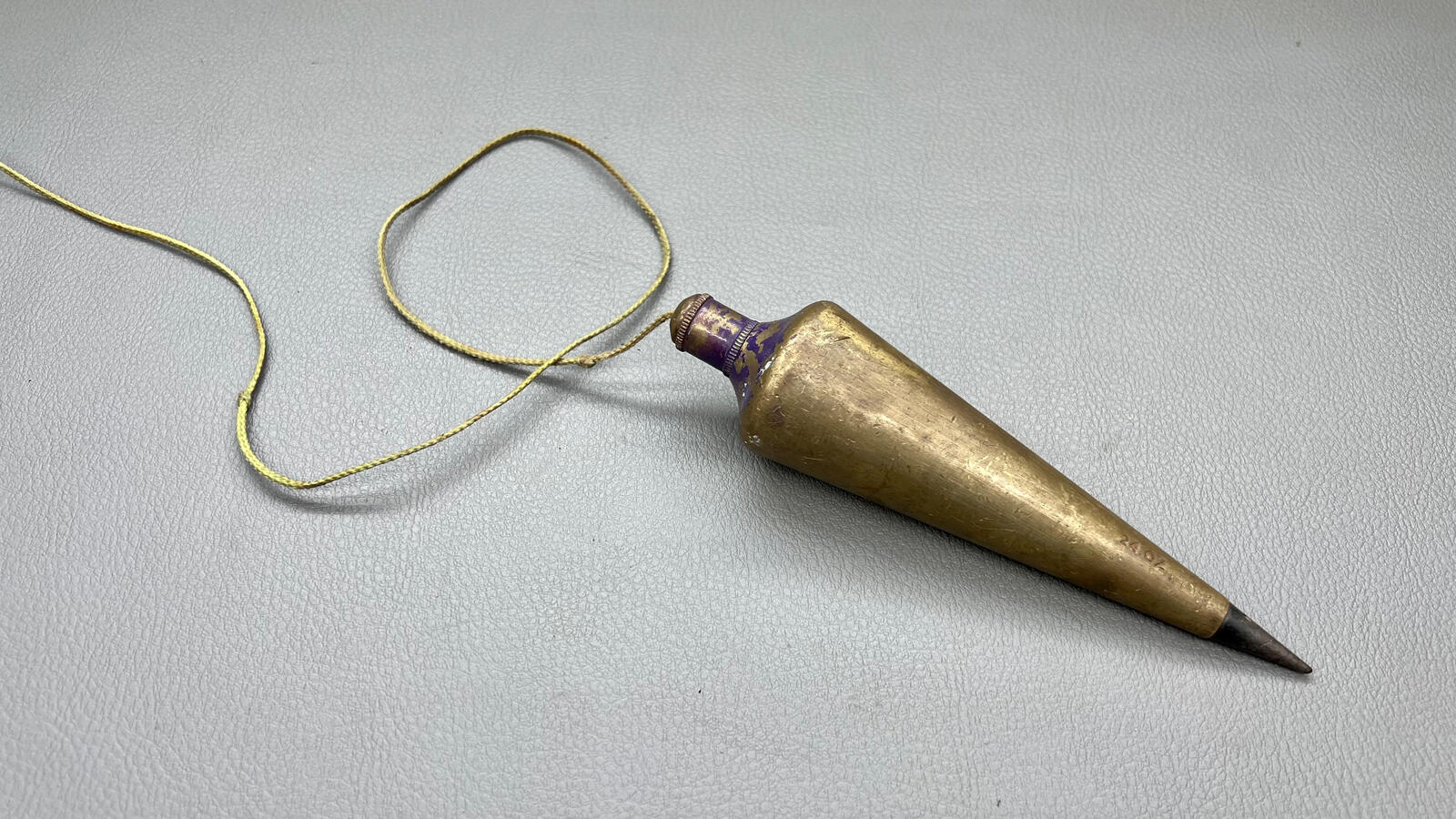
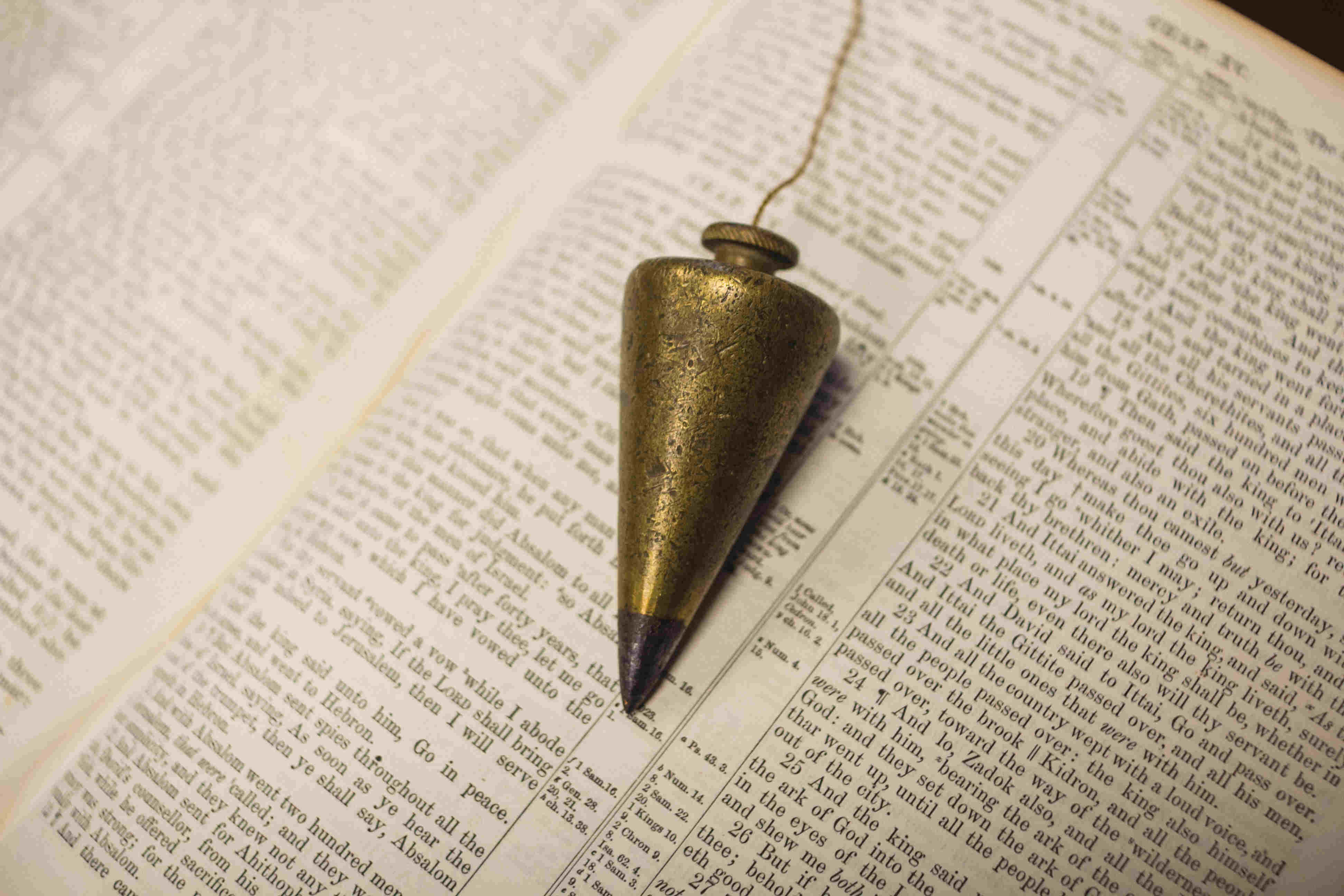
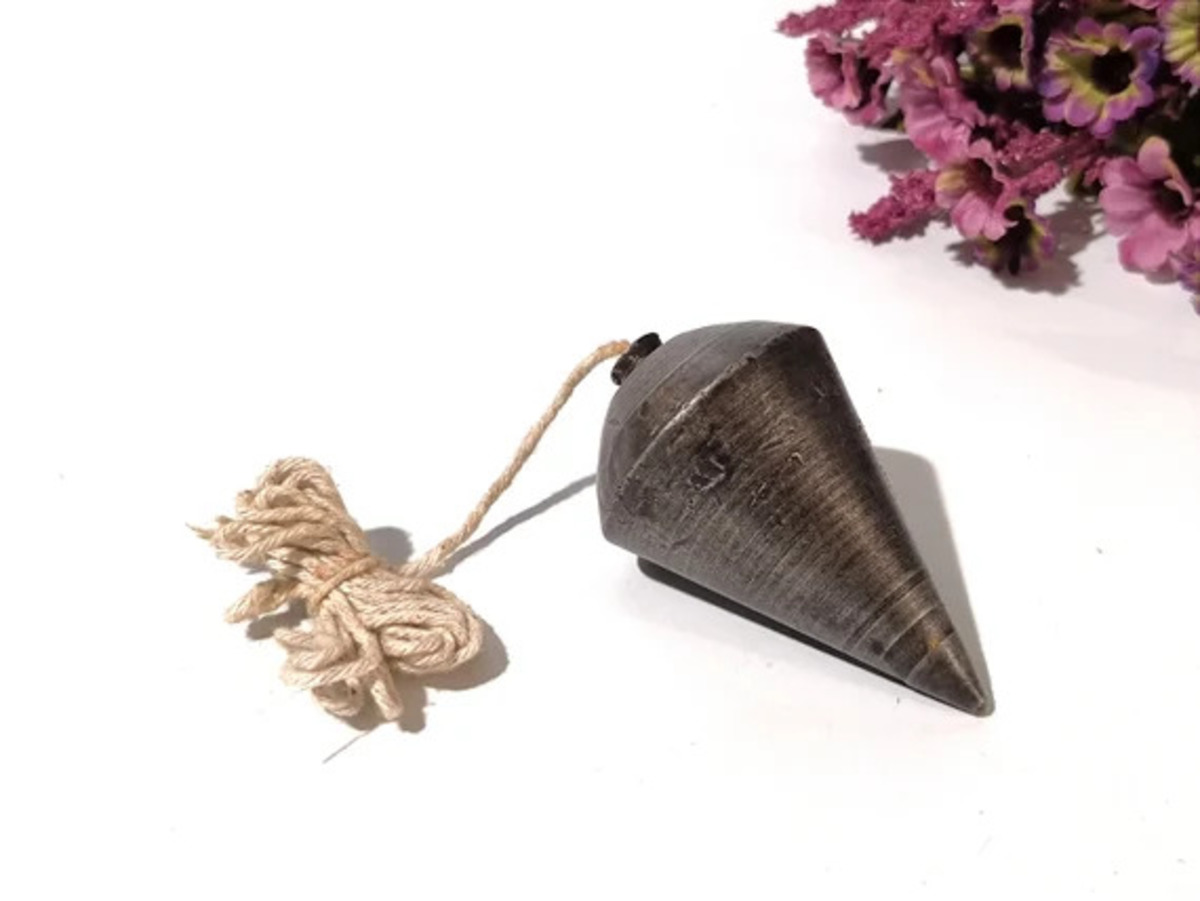
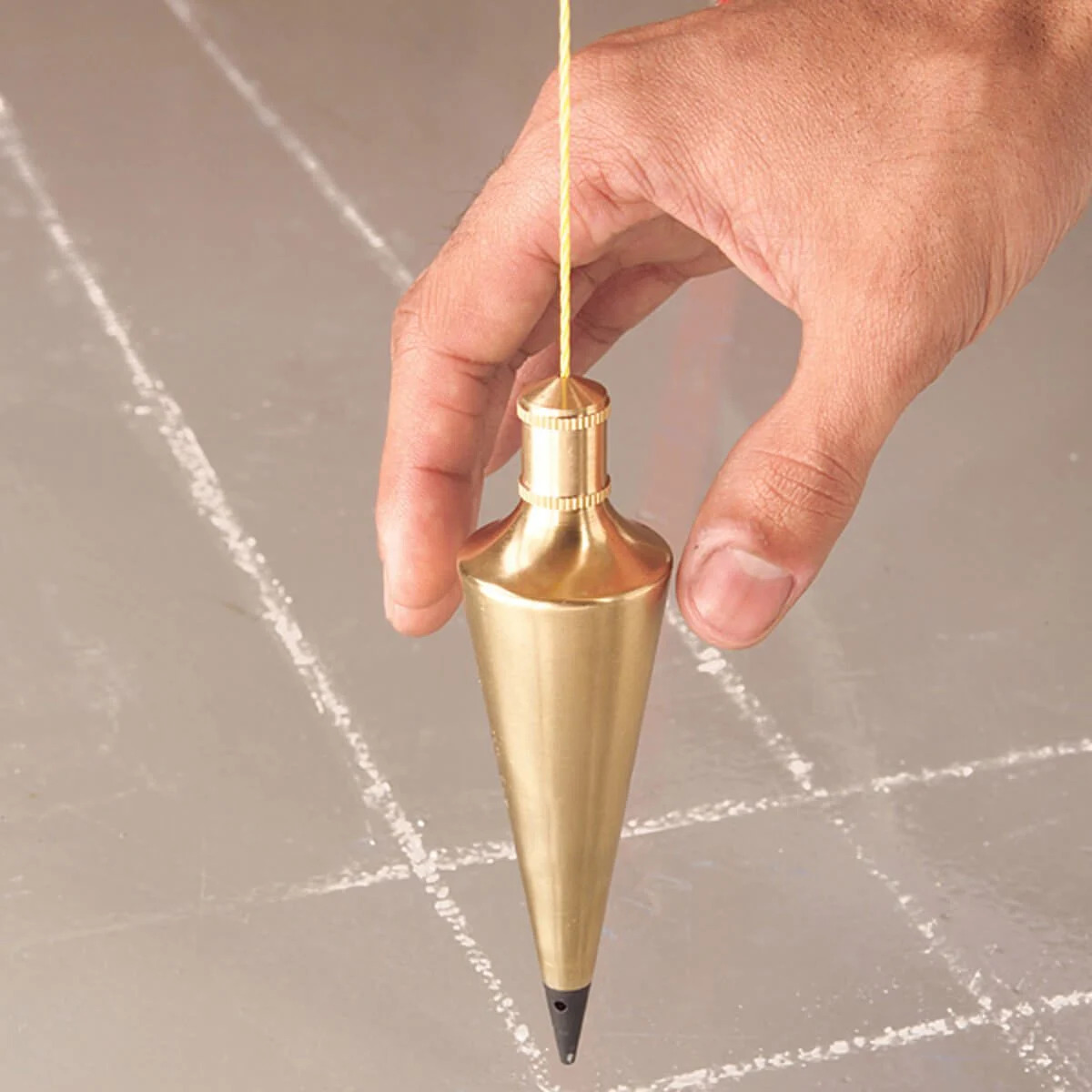

0 thoughts on “Why Plumb Bob A Putt”